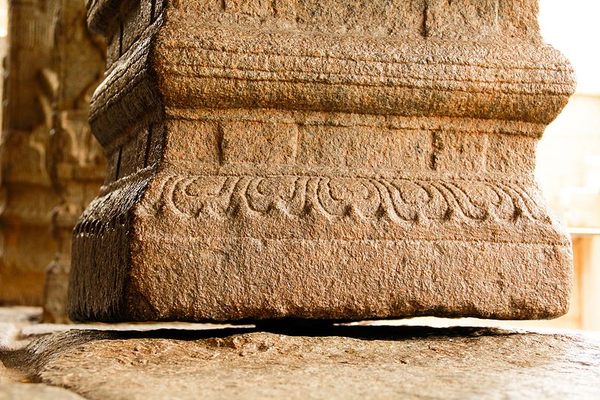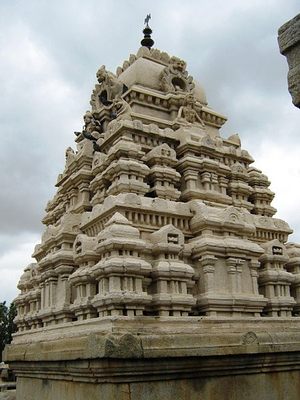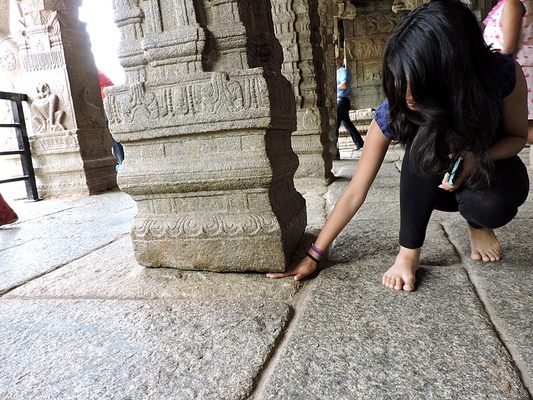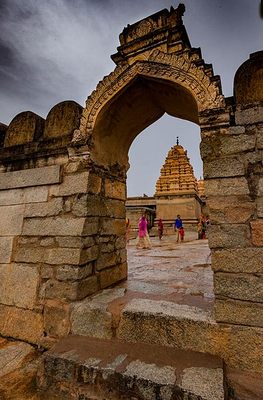About
India is filled with gorgeous, ornately-decorated temples, and the Veerabhadra Temple in Lepakshi (commonly known as the Lepakshi Temple) is no exception. Built in the 16th century, the temple remains in good condition and continues to be both a place of spiritual and touristic importance. It also holds an ornately carved pillar that seems to stand without touching the floor.
Said to be built around 1530 by by Virupanna Nayaka and Viranna, two brothers who held leadership positions during the reign of King Achutaraya, the site was built as a pilgrimage destination to worship lord Shiva, one of the great deities in Hinduism. The main temple is made of three sections: assembly hall, ante chamber, and inner sanctum. At the entrance to the sanctum sanctorum, sculptures and paintings cover nearly every surface. These works of art feature divine beings, worshippers, and avatars of Shiva.
One of these decorated pillars is the famous Hanging Pillar of Lepakshi Temple, a massive block of granite that doesn't appear to touch the floor. This hanging or "floating" pillar is said to be a miracle, and those who can get a thin object to pass underneath it will be bestowed with good luck. Visitors can often be seen passing scarves underneath the hanging pillar.
Related Tags
Community Contributors
Added By
Published
April 1, 2020
Sources
- https://en.wikipedia.org/wiki/Veerabhadra_Temple,_Lepakshi
- https://theculturetrip.com/asia/india/articles/the-most-unusual-places-to-visit-in-india/
- https://en.wikipedia.org/wiki/Lepakshi
- https://www.afar.com/places/veerabhadra-temple-anantapur
- http://www.phenomenalplace.com/2017/05/how-does-hanging-pillar-of-lepakshi.html






























